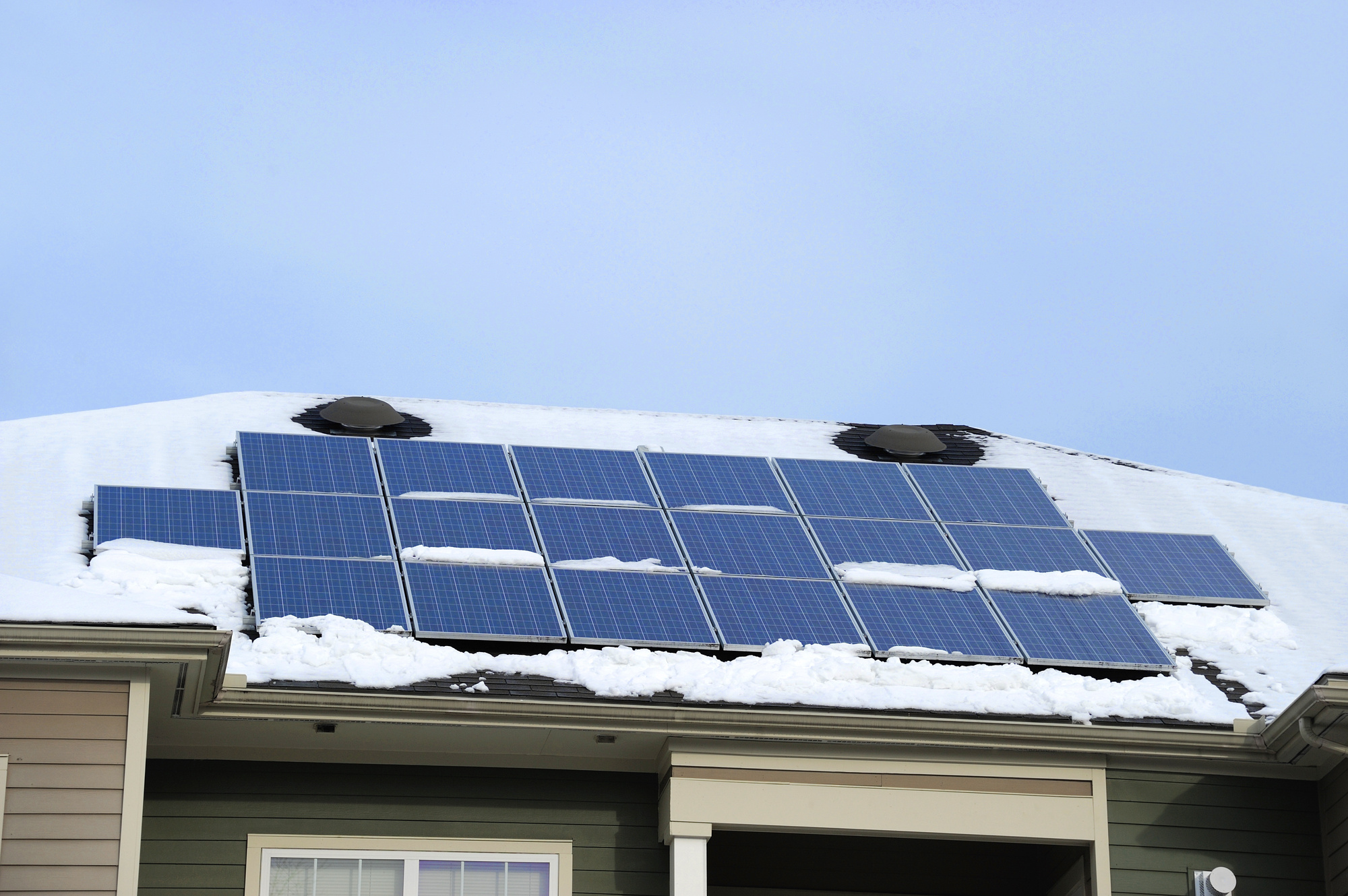Gas Rectifier Tube: Rectifier tubes of this type contain air at low pressure. They operate as a rectifier of electric current because the surface area of the spiral electrode is much greater than that of the small electrode facing it.
Read MoreInventors: LOUIS WINKELMANN, LOUIS WINKELMANN Current U.S. Classification: 600/2; 252/517; 252/644; 313/48; 313/54; 313/483; 607/90 Patent number: 1466777 Filing date: Sep 6, 1921 Issue date: Sep 4, 1923 Be it known that I, Louis WINKELMANN, a citizen of the United States, and residing at Hoboken, in the county of Hudson and State of New Jersey,…
Read MoreIn the early days of Broadcasting, “Crystal” receivers were very popular with the general public on account of their comparative cheapness and ease of construction. As a matter of fact a crystal receiver is the most simple form of wireless receiving apparatus and, although having a limited range, is hard to beat from the point…
Read MoreRadio Detector Development by H. Winfield Secor, A.I.R.E. While wireless telegraphy is a far cry from the philosophy and traditions of the Hindus, it may not be inopportune to cite, for purposes of comparison, an ancient tradition of the Hindu priests which brings out in a marked and comprehensible manner the gigantic loss existing in…
Read MorePowering electrical devices with energy abstracted from the atmosphere Patented November 12, 1957 by Lloyd R. Crump Click images to see bigger version Download PDF version of Crump’s R.F. to Electrical Current Converter.
Read MoreHigh frequency plasma circuit (Electronic Ion Pump) This circuit utilizes a flyback transformer that has wire windings added to its ferrite core. The high-voltage, high frequency is the result of the transformer being driven into resonance at 20 to 170Khz. The flyback transformer supplies high-voltage, high frequency. Its output is in harmony with the Sea…
Read MoreA 120 watt carbon filament lamp and a 100 watt gas-filled tungsten filament lamp are about the same in size. As you have probably noticed, the 100 watt tungsten lamp not only emits more light, but it gets hotter. It appears to give out more heat, although using less power. Can you explain this? A…
Read More








